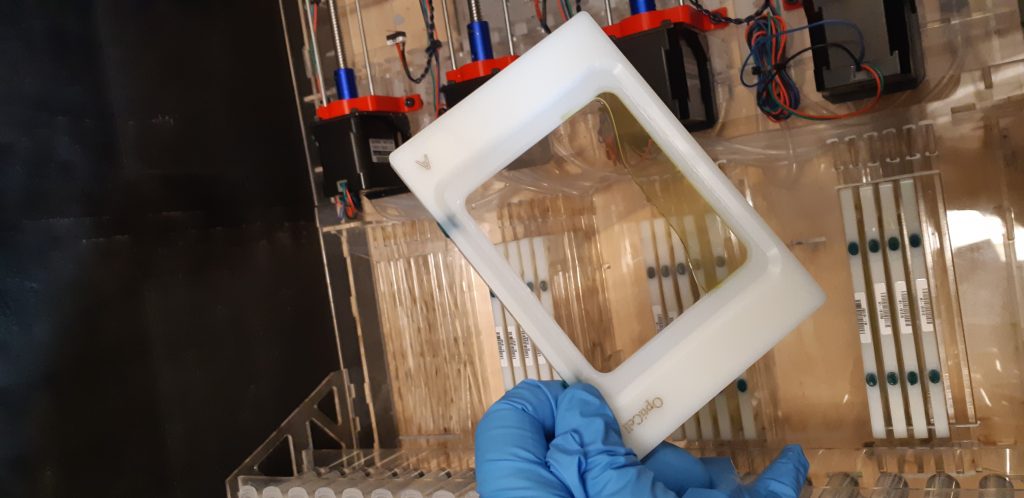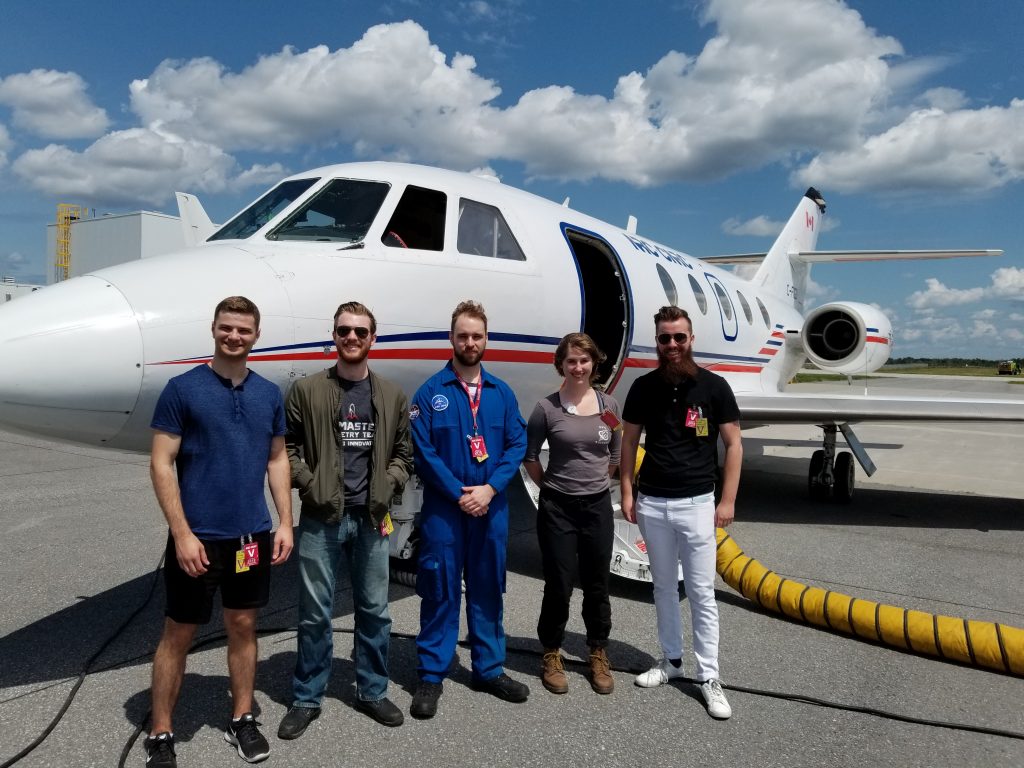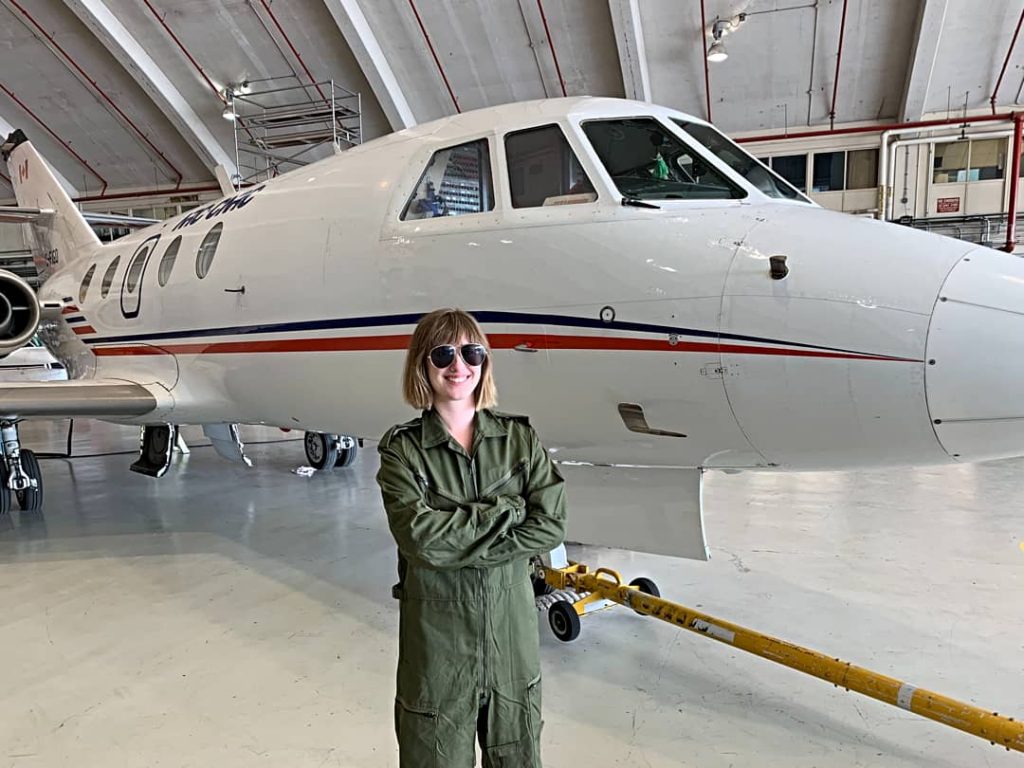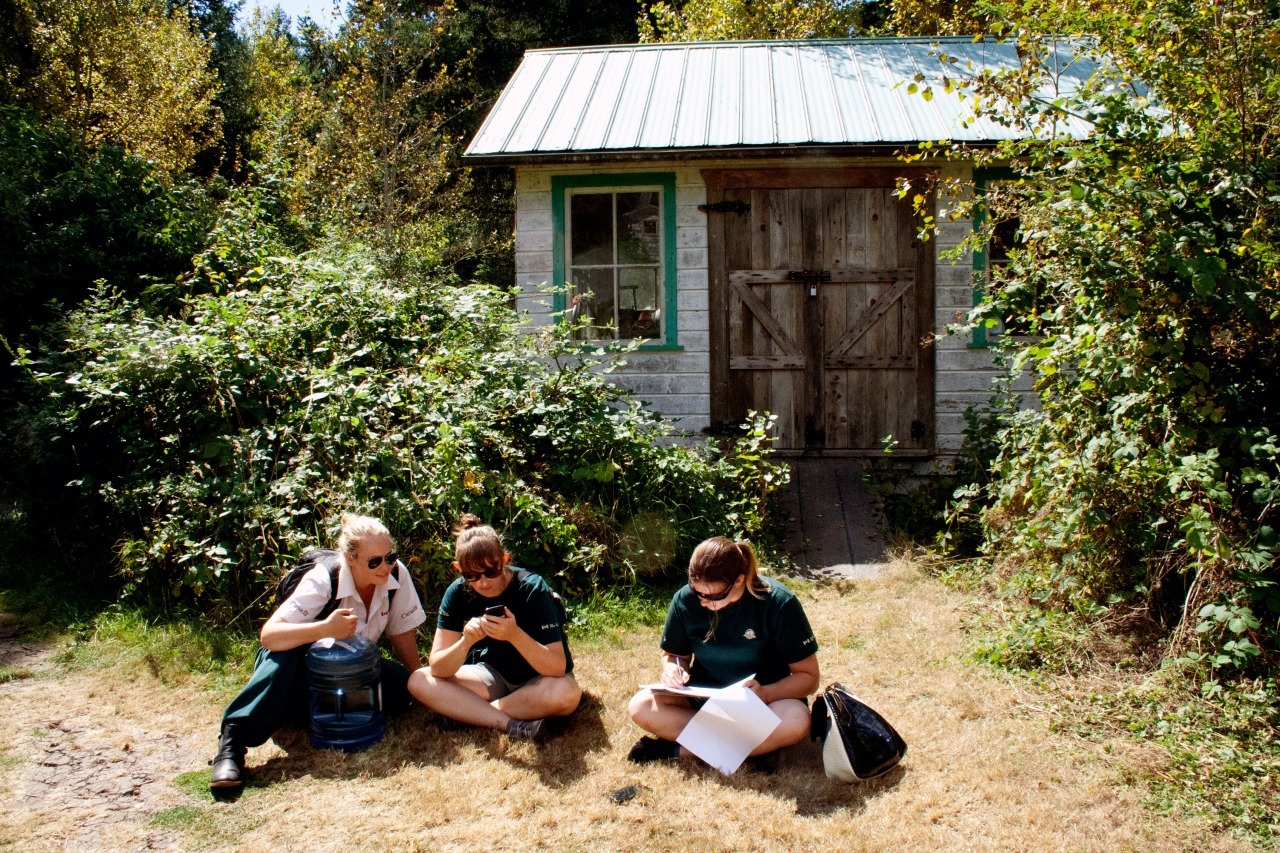Space Genetics on the Vomit Comet: UVic students at the Canadian Reduced Gravity Design Challenge
Guest post by Annaliese Meyer
“Forty up! 1… 2… 3…”
With that message coming in bursts and crackles of static over the airplane radio, I experienced what I can only qualify as the most bizarre sensation of my life thus far: the stomach-churning reality of microgravity.
When I began my degree at UVic four years ago, I was brimming over with dreams of the things I could do and the places I could go. Despite my imagination running wild, I never thought that I would find myself floating head over heels in microgravity, throwing a thumbs up and a grin at the engineer in the seat ahead.
Let’s rewind a bit – I am a fourth-year microbiology student at UVic, and for the past four years, every Monday after class I’d stumble out of my afternoon class, blink away the lethargy of a long lecture, and head to the UVic Rocketry general meeting.
UVic Rocketry is collection of students from disciplines stretching from mechanical engineering to geology, united by a love of rockets and space exploration… and a good dash of utter chaos. Usually, we devote our time to building sounding rockets for launch to 9000m each year at the Spaceport America Cup. These rockets carry payloads that my subsystem and I design to address some sort of scientific problem, like the current inefficiency of spacecraft sterilization.
This year, however, we found another opportunity. Students for the Exploration and Discovery of Space (SEDS) Canada was collaboration with the National Research Council (NRC) and the Canadian Space Agency to give students the chance to fly an experiment in microgravity using a Falcon-20 experimental aircraft specially designed for parabolic flight: they called this event CAN-RGX, or the Canadian Reduced Gravity Experimental Design Challenge.

Parabolic flight plan diagram
The competition to get a proposal accepted was fierce. Universities from all over the country had teams scrambling to get enough background research done to construct a viable design before the deadline. Our team was no exception – in the last few days before the submission deadline, I was out at sea off Bermuda for field work, struggling to get the internet working fast enough to send edits to teams members scattered between Victoria and Vancouver. Despite the challenges, we eventually got accepted.
Fast forward to July 2019: I landed in Ottawa, Ontario, after a red-eye flight, waiting breathlessly for confirmation from another team member, Sean Farley, that our experiment was holding up on his drive from Victoria to Ottawa.
Our experiment was a series of cell culture chambers specifically designed for microgravity, each containing either Saccharomyces cerevisiae (brewer’s yeast) or Chlamydomonas reinhardtii (unicellular algae), all housed within a sturdy Pelican case.
Using a fixative called RNAlater, we would be able to halt gene expression and RNA degradation right after the experiment came out of microgravity, allowing us to later using RNA sequencing to analyze exactly how these cells responded to microgravity at a molecular level.
There is a surprising amount of similarity in the genome between these single celled organisms and humans – this means that many of the proteins, or molecular machines, produced by these cells have analogs in us. By studying how they’re expressed under microgravity, we can get a better understanding of how we might respond to long term exposure to microgravity in space flight.
Our first full day in Ottawa, we were introduced to the three other teams that had been accepted – McMaster University, Queens University, and the University of Waterloo. Throughout system checks and safety briefings by the NRC engineers who graciously hosted us, the excitement was palpable. Before our first test flight, we were all instrumented with biometric equipment to monitor our vitals during the variations in gravity – I would imagine that the collective stress and tension of getting our experiments flight-ready would cause some pretty interesting readings!
Our test flight was three parabolas to ensure that our experiments would function as needed under microgravity – in total, just over 60 seconds of microgravity. The following day, we ran the full experiment.
This flight was eighteen parabolas, or 360 seconds of microgravity. Each parabola runs through a sequencing of two g’s between each section of microgravity, and the rapid changes in acceleration were enough to turn a couple stomachs on the flight – but I won’t say who! (This plane is known as the Vomit Comet for a reason).
The first entry into microgravity was accompanied by a feeling akin to that first moment on a rollercoaster, as you crest the biggest hill – I was pretty sure I’d survive, but the pit of my stomach was still trying to escape out my pelvic floor. By the end of the flight, however, I was more than ready to go right back up!
At the end of our experimental flight, Sean and I grabbed the experiment and raced off to the University of Ottawa, where the Baetz Lab had graciously let us use lab space to prepare our samples for shipment to our collaborator at UBC. The sample preparation went off without a hitch, despite still feeling somewhat shaky from our weightless experience.
A long sleep and a vicious game of battle archery with the other teams later (UVic came out victorious!), we prepared for our final farewells at the CAN-RGX closing ceremony. Hosted at the Canadian Air and Space Museum, we recounted our experience to delegates from the aerospace industry, the CSA, and the NRC, underneath the wings of historic and cutting-edge aircraft suspended from the museum ceiling.
Her Excellency, the Right Honourable Governor General Julie Payette gave the final address, a rousing call to continue to discover, explore and inspire. The feeling of microgravity is still in my bones, and the results from our experiment are rolling in, so discover, explore, and inspire are exactly what I intend to do.
“1… 2… 3… forty down…”







